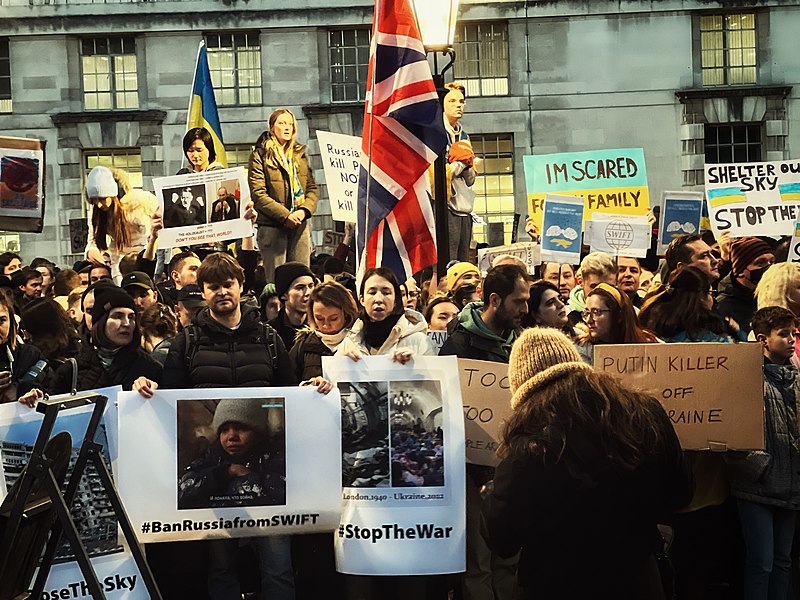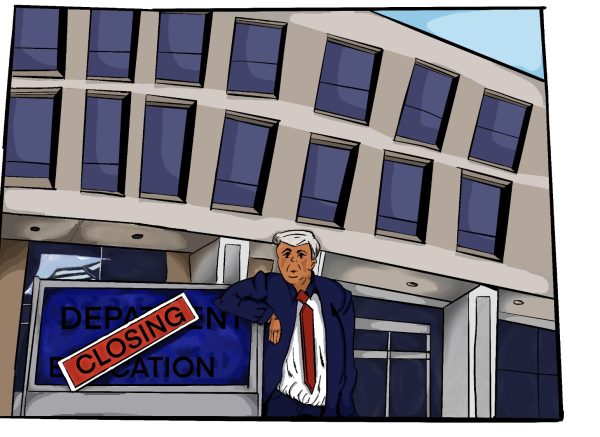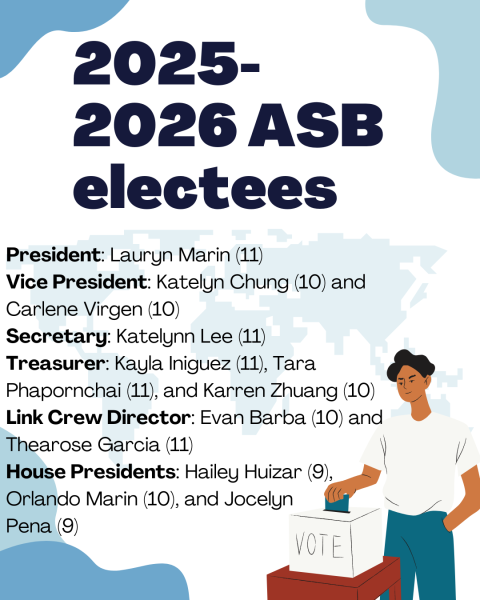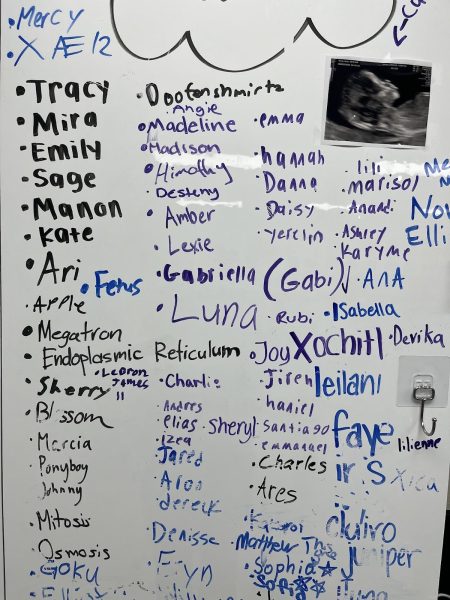An Overview of the Russo-Ukrainian War
The country of Ukraine has been in conflict ever since the Euromaidan protests that started in late November of 2013. The protests were held after President of Ukraine Viktor Yanukovych chose not to sign an agreement that would bring Ukraine closer to the European Union, isolating the country further. The protests denounced the corruption of the president and the everyday corruption the Ukrainians would face, from having to bribe a police officer to avoid unlawful fines or having to bribe a doctor to schedule an appointment.
As the protests continued into 2014, the Ukrainian government began issuing crackdowns on the demonstrators. The crackdowns led to the protests growing in size and severity. On January 16, the Ukrainian government introduced repressive laws that severely restricted the right to protest. This only escalated the situation further, as the clashes between protesters and government officials got more violent, with the first protesters dying in clashes at the capital city of Kyiv only 6 days after these laws were introduced. The protests continued up until February 22nd, when the parliament voted to hold new elections for president after the former president Yanukovych fled the country.
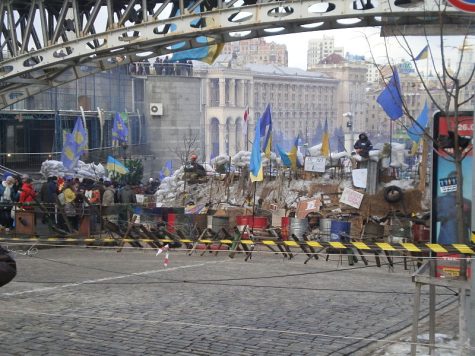
In April of 2014, pro-Russian activity began to spread in Eastern Ukraine among cities in the Donbas region, like Donetsk and Lugansk. The pro-Russian separatists formed groups like the Donbas and Lugansk People’s Republics and demanded self-rule or union with Russia since the country was formerly a part of the Soviet Union before it collapsed in 1991. When the demands were not met, the separatist groups quickly escalated to armed conflict with government forces.
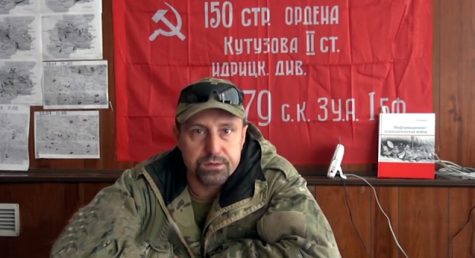
In March of 2014, Russian forces quickly mobilized and entered the Republic of Crimea, a territory that was given to Ukraine by Russia, after getting permission from Russia’s parliament. They started taking control of Crimea, seizing airports and the parliamentary complex of Crimea. The Russian forces had no military uniforms or markings and Putin denied the involvement of any Russian forces in Crimea, but would then later confirm this. Once Crimea was under full control by Russian forces, a referendum for Crimea to officially be annexed by the Russian Federation was held and it was successfully passed. The E.U. and U.S. condemned this annexation and placed sanctions in response.
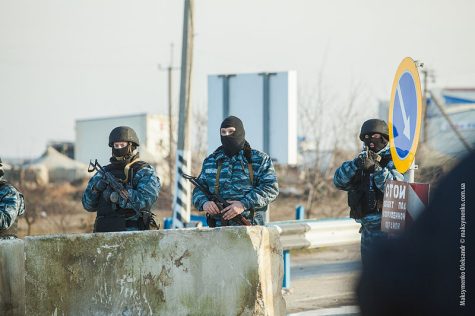
To stop the fighting in Eastern Ukraine, France, Germany, Russia, and Ukraine brokered a ceasefire called Minsk II, which was put into effect on February 15, 2015. However, it failed to bring a resolution to the fighting in Eastern Ukraine since small skirmishes between pro-Russian separatist forces and the Ukrainian military continued to happen with this ceasefire in effect.
The conflict was reignited in late 2021 when Russia began moving military personnel and equipment near Ukraine’s border with no official explanation in October. Russia’s presence grew stronger by December, having over one hundred thousand troops stationed along the border and U.S. intelligence officials warning of an invasion.
Russia has demanded that for tensions to be lifted, NATO would have to promise that Ukraine would never become a member of NATO, have their troops pull back from Central and Eastern Europe, and a guarantee that alliance weapons won’t be deployed near Russia’s borders.
With unsuccessful attempts at diplomacy, the U.S. and its NATO allies threatened Russia and its economy with sanctions in hopes to deter future aggression against Ukraine.
On February 21, 2022, Putin recognized Donetsk and Lugansk as independent from Ukraine and shortly after sent Russian troops into the Eastern Ukraine region, regarding this as a peacekeeping operation. This led to threats of more sanctions from the U.S and NATO combined.
The longly anticipated Russian invasion of Ukraine began with a televised address from Putin on February 24th announcing the full-scale invasion of Ukraine as a special military operation and threatening any countries that would want to interfere with the war. Shortly afterward, missile strikes were reported across the nation, targeting military and government installations. Russia began its three-pronged ground assault, going through Crimea, Belarus, and Donbas to reach its goal of capturing Kyiv.
“This really might set a global precedent as to how other countries deal with land invasion,” Mr. Nichols, a history teacher, explains, “we haven’t had any kind of pretty secure countries extending borders since World War II.”
The U.S. and NATO’s response to this was to add more pressure onto Russia by introducing new and harsher sanctions. These new sanctions cut off Russian banks from the SWIFT financial network, froze assets in Russian banks, targeted influential and wealthy Russian oligarchs, and restricted Russian fossil fuel imports like coal and oil. Alongside these sanctions, a growing number of global companies have decided that the reputational damage and operational hassle is not worth continuing to do business with Russia, ceasing operations, and halting projects in Russia.
“All indications are that they are on the doorstep of Kyiv and without allies coming into Ukraine, it looks like a Russian takeover,” Mr. Nichols states.
Ever since the initial invasion, Russian forces have failed to capture any major city but are making steady progress towards Kyiv. The outcome of this war is unclear.
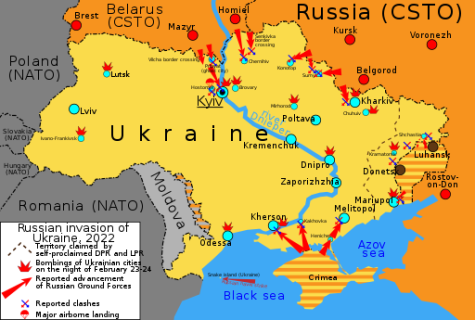
Your donation will support the student journalists of Mt. SAC Early College Academy. Your contribution will allow us to purchase equipment and cover our annual website hosting costs.
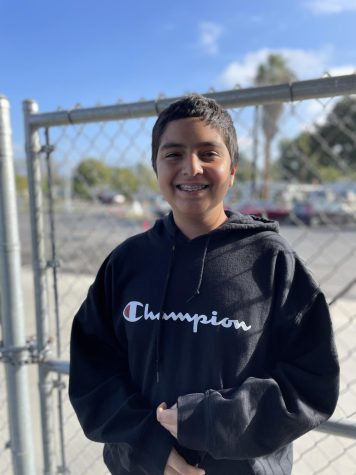
Brandon Beetz-Gonzalez is a Sophomore at Mt. SAC ECA and this is his first year of being a part of the Chronicle staff. Brandon is actively involved in...
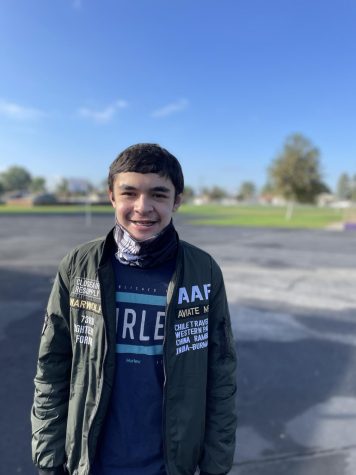
Maxwell Painter is a Sophomore at Mt.SAC ECA and has just joined The Academy Chronicle staff this year. Maxwell has also just joined the Red Cross Club...


